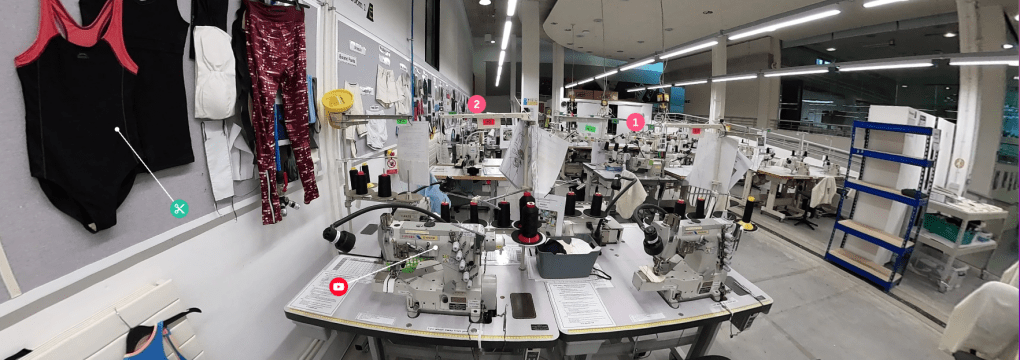
In this article Digital Learning’s Hamish Adams takes a good look into how ThingLink can be used to organise your existing learning content, improve interactivity, extend its lifespan, free up your time AND improve student engagement. Tall order? Not at all.
Since 2020 there has been a plethora of educational technologies that claims to make things simpler and more interactive for students. A limiting factor has always been the time to learn new technologies to create resources. Bearing this in mind, ThingLink is a great user-friendly tool for easily transforming your existing learning content into long lasting, interactive resources. The platform is user-friendly enough not to eat up valuable time nor induce any tech-related anxieties. Before looking at some examples from around Falmouth University and other HE institutes, here’s a summary of what ThingLink can offer both staff and students:
What is ThingLink?
ThingLink is a web application available to staff at Falmouth University. It allows individuals to create learning resources with interactive images, videos and 360° media.
What kind of content can I create with ThingLink?
You can place tags in images, videos, 360° images and 360° videos. These tags can contain a wide range of text and media, so pretty much any existing resource you may have. A good example would be an image of a physical space that is regularly used in teaching. Insert tags with text or video guidance explaining any processes or equipment. This can then be embedded into a course module page for students to access anytime they need.
The example below was made using existing Fashion Institute resources embedded into a series of 360° images. If you wanted to try creating a similar image, basic 360° cameras are available to book from Falmouth Stores. A great starting point would be the GoPro Max. It’s easy and fun to use.
Click here to view the accessible version of this interactive content
What are the benefits of using ThingLink over other tools?
ThingLink learning objects are fully responsive and work well on all devices, from small phones to large touch screens. ThingLink makes it possible for academics and support staff to offer their students engaging learning experiences outside of their physical facilities. Virtual learning spaces can be shared to Learning Space or Learn, viewed on desktop, touch screens, or VR headsets.
The platform is also flexible enough that new resources can also easily be developed using the ThingLink app on a mobile device so you can create and share resources wherever works best for you. They also provide you with a simple Statistics feature to help you understand how students interact with your resource – which tags have been accessed the most, overall views and time spent on the resource. Very handy.
Are ThingLinks accessible?
Yes. ThingLink is integrated with Microsoft’s Immersive Reader, which means all text descriptions, lessons, virtual tours, infographics, and videos created with ThingLink’s new editor now come with an integrated reading tool and automatic language translation capability. As a bonus, each ThingLink created comes with an additional version called the Accessibility Player – see the link underneath the ThingLink example on this page. This is a special viewing mode for all ThingLink resources designed to better meet WCAG web accessibility standard.
How do I use ThingLink?
If you’re a member of staff at Falmouth University and would like to see how ThingLink can support your teaching, please get in touch with Digital Learning dlsupport@falmouth.ac.uk We can set you up with ThingLink and provide any support you might need with media creation or utilising existing learning content.
Also, be sure to browse through the ThingLink support pages for demonstrations of the platforms features.
Webinar
Thursday 18th May 2023 13:00 – 13:30 join Digital Learning for a demonstration of how ThingLink can be used and a chance to ask any questions. Register for the webinar here: An introduction to ThingLink